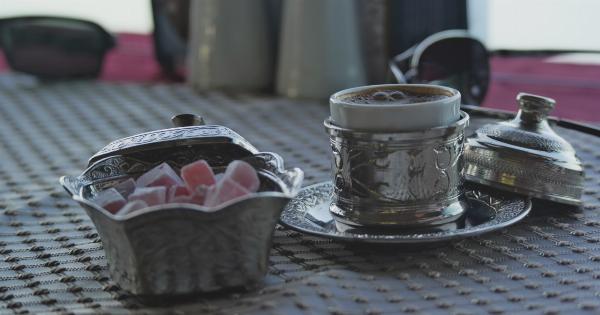Diabetes is a chronic disease affecting millions of people worldwide. The disease is characterized by high blood sugar levels, resulting from the inability of the body to produce or use insulin effectively.
Type 2 diabetes is the most common form of diabetes, accounting for 90% of the cases. Management of diabetes is essential to prevent complications such as blindness, kidney failure, and nerve damage. Lifestyle changes such as regular exercise and maintaining a healthy diet play a vital role in managing diabetes.
In this article, we will explore the role of exercise and steamy showers in managing blood sugar levels.
Exercise and Blood Sugar Regulation
Physical exercise is essential for keeping the body healthy and maintaining a healthy weight. For people with diabetes, exercise helps improve insulin sensitivity, which enables the body to use insulin effectively.
Exercise also helps the muscles absorb glucose from the bloodstream, lowering blood sugar levels. The body’s glucose uptake increases during exercise, lasting up to 48 hours after physical activity. This effect is called “insulin sensitivity,” which means that the body requires less insulin to move glucose into the cells.
The type and intensity of exercise determine the amount of glucose used by the body. High-intensity exercises such as weight lifting or sprinting use more glucose than low-intensity exercises such as walking or yoga.
However, people with diabetes should consult their healthcare provider before beginning any physical activity program. Some people may require additional monitoring, medication adjustments, or additional snacks before or after exercise to maintain optimal blood sugar levels.
Steamy Showers and Blood Sugar Regulation
Steamy showers are one of the most relaxing and soothing experiences. However, research shows that taking a hot shower may have some health benefits, particularly for people with diabetes.
Studies have shown that taking a hot shower for two to three minutes can reduce blood sugar levels. Hot showers improve glucose metabolism, leading to lower blood sugar levels. The study indicated that steam bathing, hot tubbing, or sauna use are also effective at lowering blood sugar levels.
The mechanism behind the glucose-lowering effects of steamy showers is not fully understood. However, researchers suggest that the heat may activate heat-shock proteins in the body, which play a role in glucose metabolism.
Heat-shock proteins are essential for cell protection and regeneration, and they may also help improve insulin sensitivity.
Exercise vs. Steamy Showers
Exercise and steamy showers are both effective ways to lower blood sugar levels. However, exercise has several advantages over steamy showers. Exercise has a long-term effect on glucose metabolism, whereas the effect of steamy showers is short-lived.
Exercise also has additional benefits such as reducing body weight, improving cardiovascular health, and reducing the risk of diabetic complications.
Steamy showers may not be suitable for people with certain health conditions such as cardiovascular disease or high blood pressure. Hot showers may cause a drop in blood pressure, leading to dizziness or fainting.
People with diabetes should also avoid taking hot showers if they have foot or leg sores, as the heat may worsen the wound or cause burns. In general, people with diabetes should consult their healthcare provider before considering steamy showers as a diabetes management strategy.
Conclusion
Exercise and steamy showers are both effective ways to lower blood sugar levels. However, exercise has additional benefits such as improving cardiovascular health, reducing body weight, and reducing the risk of diabetic complications.
Steamy showers may be a suitable option for people who cannot exercise due to health conditions. However, people with diabetes should consult their healthcare provider before considering steamy showers as a diabetes management strategy.



























